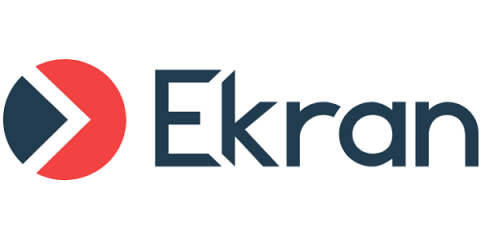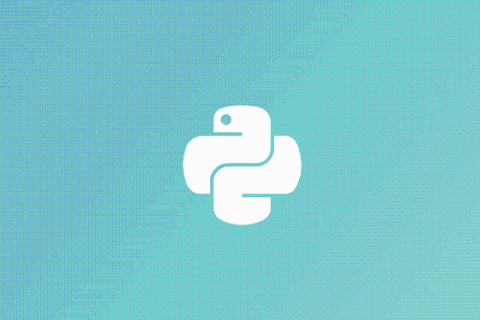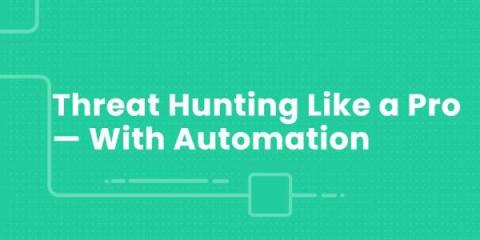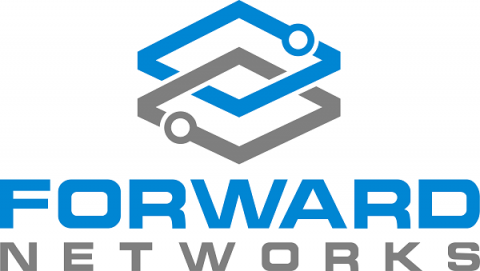Security | Threat Detection | Cyberattacks | DevSecOps | Compliance
Latest News
Building Better Use Cases for Your SIEM
Deploying a next-gen cloud-native security information and event management (SIEM) in your security operations center (SOC) is a big step in the right direction toward significantly improving your organization’s security capabilities. But once you have that state-of-the-art SIEM in your SOC, how do you get the most out of it? One key step is building and executing specific SIEM use cases designed to meet the particular needs of your organization.
Netacea index identifies top five scalper bot targets: Graphics cards, sneakers lead list
New quarterly report reveals most in-demand goods bought for resale using automated bots Manchester, UK – 28th September 2021 – Netacea, the bot detection and mitigation specialist, today launches its Top Five Scalper Bots Quarterly Index, a list of leading items targeted by scalper bots globally. This first index covers April to June 2021 and shows a mix of technology and fashion as the most frequently targeting items by scalper bots.
Gartner recognizes ManageEngine in its 2021 Magic Quadrant for Unified Endpoint Management Tools
The COVID-19 pandemic fast-tracked the adoption of hybrid workforce in organizations, bringing with it a slew of problems for IT teams. Organizations had to enable a majority of their employees to work remotely, without affecting their productivity and while ensuring the security of the corporate resources. ManageEngine recently conducted a survey of IT professionals to understand the effects of remote work on cloud adoption.
A Guide to Cloud Data Security Best Practices
Cloud computing has revolutionized the business and technological landscape of the last decade. More organizations are turning to cloud services to better manage massive volumes of both structured and unstructured data on a daily basis. As organizations move more and more information and applications to the cloud, there are growing concerns for data security and regulatory compliance.
Python security best practices cheat sheet
In 2019, Snyk released its first Python cheat sheet. Since then, many aspects of Python security have changed. Using our learnings as a developer security company — as well as Python-specific best practices — we compiled this updated cheat sheet to make sure you keep your Python code secure. And before going any further, I need to give special thanks to Chibo and Daniel for their help with this cheat sheet!
How strong should your account password be? Here's what we learned
It’s been a while since we ran our challenge, How strong should your Master Password be?, in which we gave out prizes to the first people who could figure out the passwords in carefully constructed challenges.
Threat Hunting Like a Pro - With Automation
It’s no secret that cyber attacks are on the rise. Not only are they becoming more frequent, but the malicious actors who mount these attacks are constantly improving their skills and evolving the tools in their arsenals. Protecting your organization is challenging at best; especially since we measure the return on investment for cybersecurity as ‘preventing losses’ instead of ‘increasing revenue.’
An "easy button" for blast radius identification and threat remediation
When your organization is inevitably hit by a cyberattack, you want your security operations engineers to move lightning fast to identify the scope, duration, and impact of the attack, contain the disruption and prevent any costly or lasting damage. To do that, they need access to actionable information about everything that’s in your network — where devices are located, how they interact, and all the relevant details about their configuration and state.
Recap: Virtual Boston Globe Summit
Veracode CEO Sam King had the opportunity to speak at this year’s inaugural virtual Boston Globe Summit, “The Great Recovery.” Sam was invited to join the panel, How Boston is Tackling the Biggest Cyber Threats Facing Society, moderated by Gregory T. Huang, Business Editor at the Boston Globe, with guests Greg Dracon of.406 Ventures and Christopher Ahlberg of Recorded Future.











